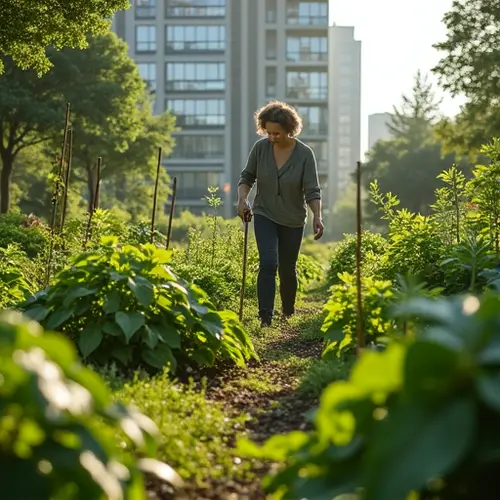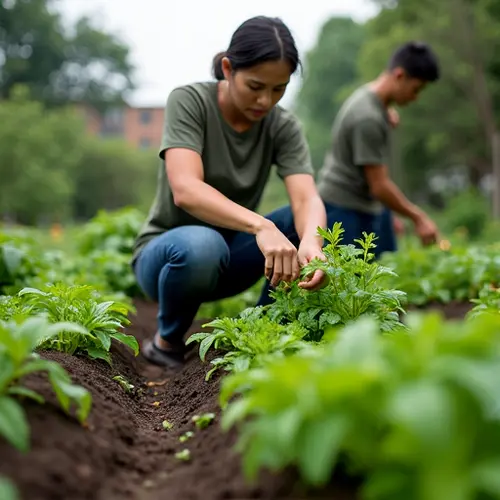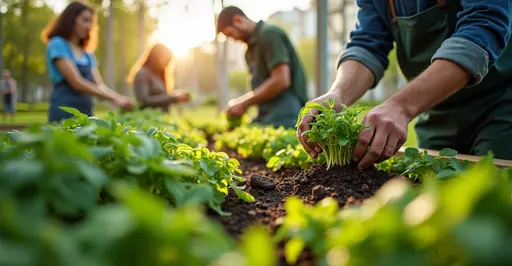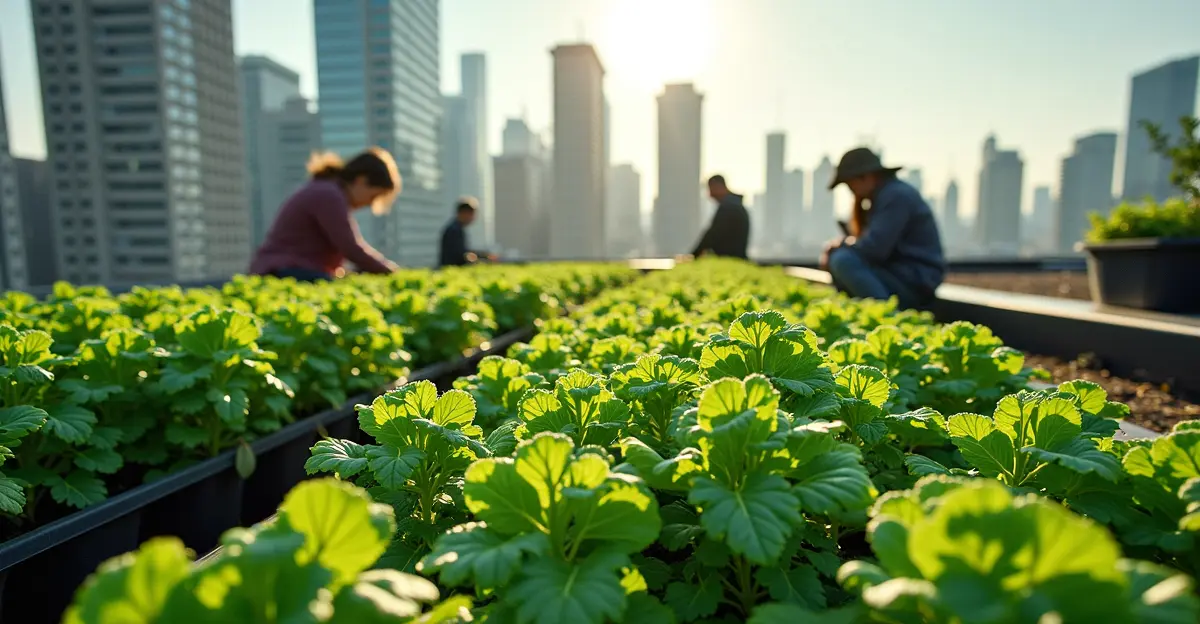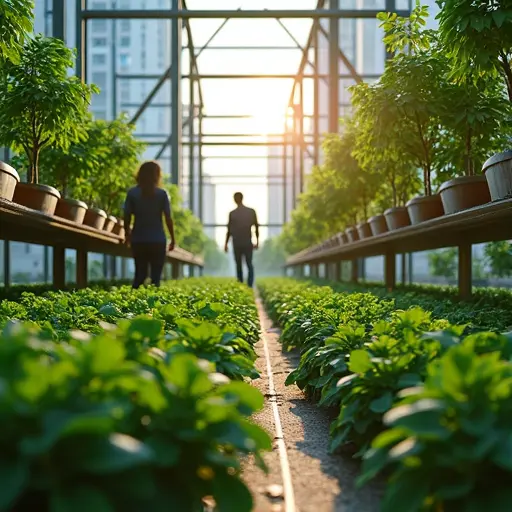
The Urban Agriculture Revolution
Across global cities, residents are transforming balconies, rooftops, and backyards into productive green spaces. The home urban farming movement has exploded in popularity during 2025, driven by sustainability concerns, food security awareness, and tech innovations making gardening accessible to everyone.
Why Urban Farming Is Growing
Several factors fuel this trend: rising grocery costs, desire for organic produce, and pandemic-era habits that stuck. Modern solutions like space-saving vertical gardens and app-controlled hydroponic systems let even apartment dwellers grow tomatoes, herbs, and leafy greens. As Brooklyn gardener Mei Lin shares: "My smart garden produces salad greens year-round using 90% less water than traditional farming."
Tech Meets Tradition
Innovations are revolutionizing home agriculture: AI-powered garden assistants troubleshoot plant diseases, while modular micro-farms automate watering and lighting. Community networks have emerged where neighbors trade harvests through apps like CropSwap. According to USDA data, urban food production has increased 35% since 2020 in major metro areas.
Getting Started Tips
- Begin with easy crops: lettuce, herbs, cherry tomatoes
- Use vertical space with hanging planters
- Join local seed-sharing cooperatives
- Compost kitchen waste for fertilizer
Despite challenges like limited space and soil contamination concerns, urban farming shows no signs of slowing. As Detroit urban agriculture coordinator Jamal Williams notes: "These gardens aren't just about food—they're rebuilding community connections."

 Nederlands
Nederlands English
English Français
Français Deutsch
Deutsch Español
Español Português
Português



